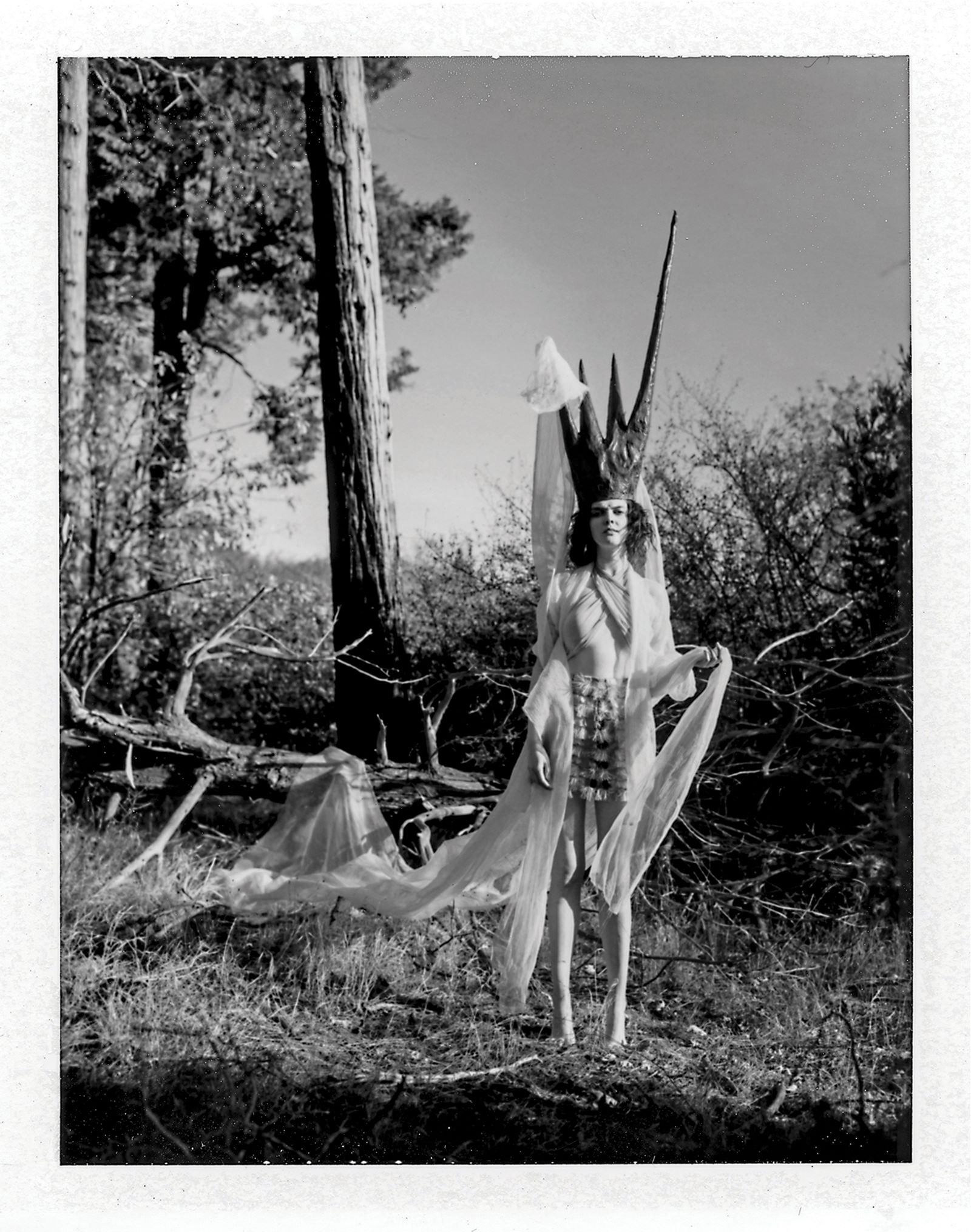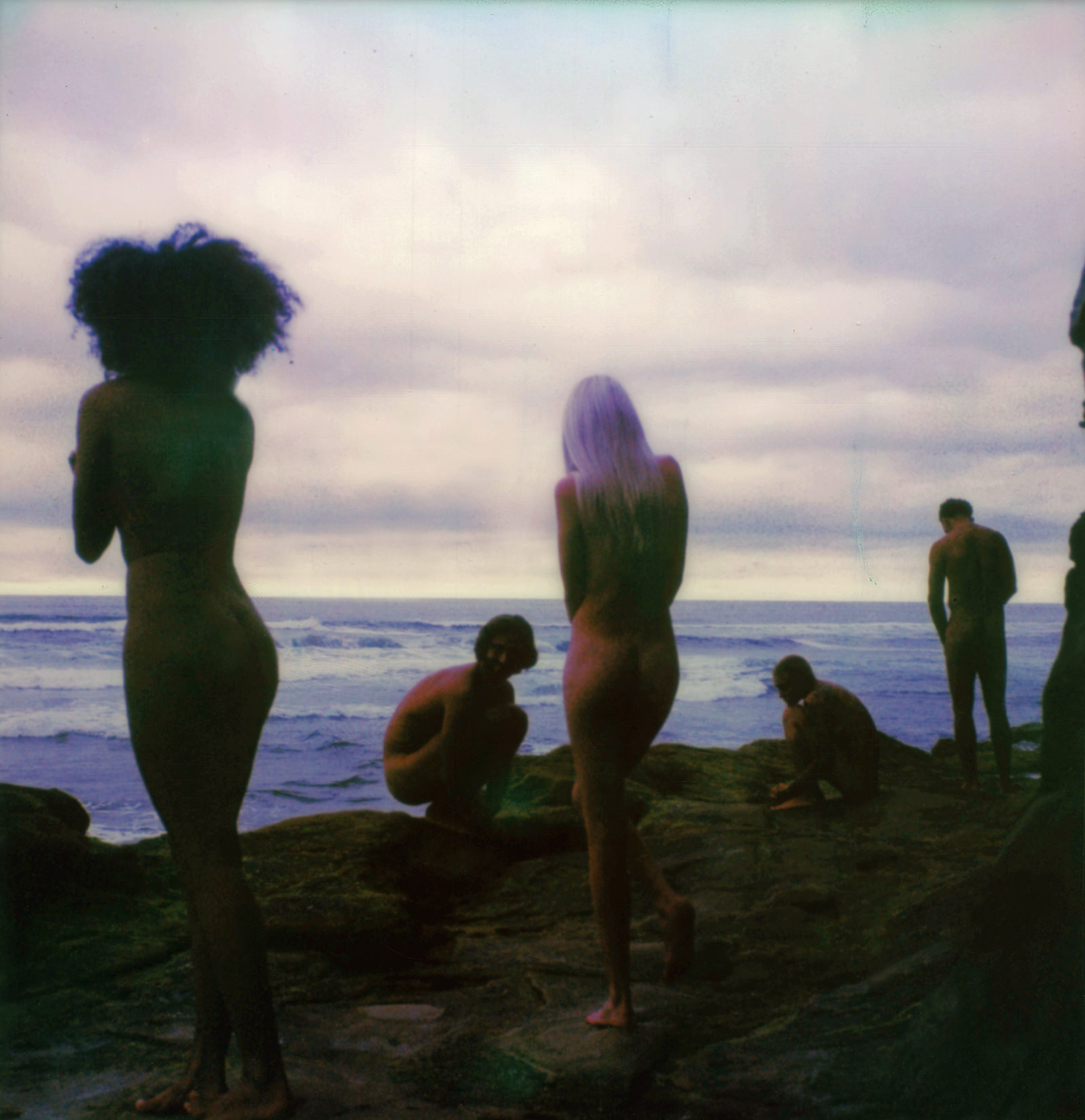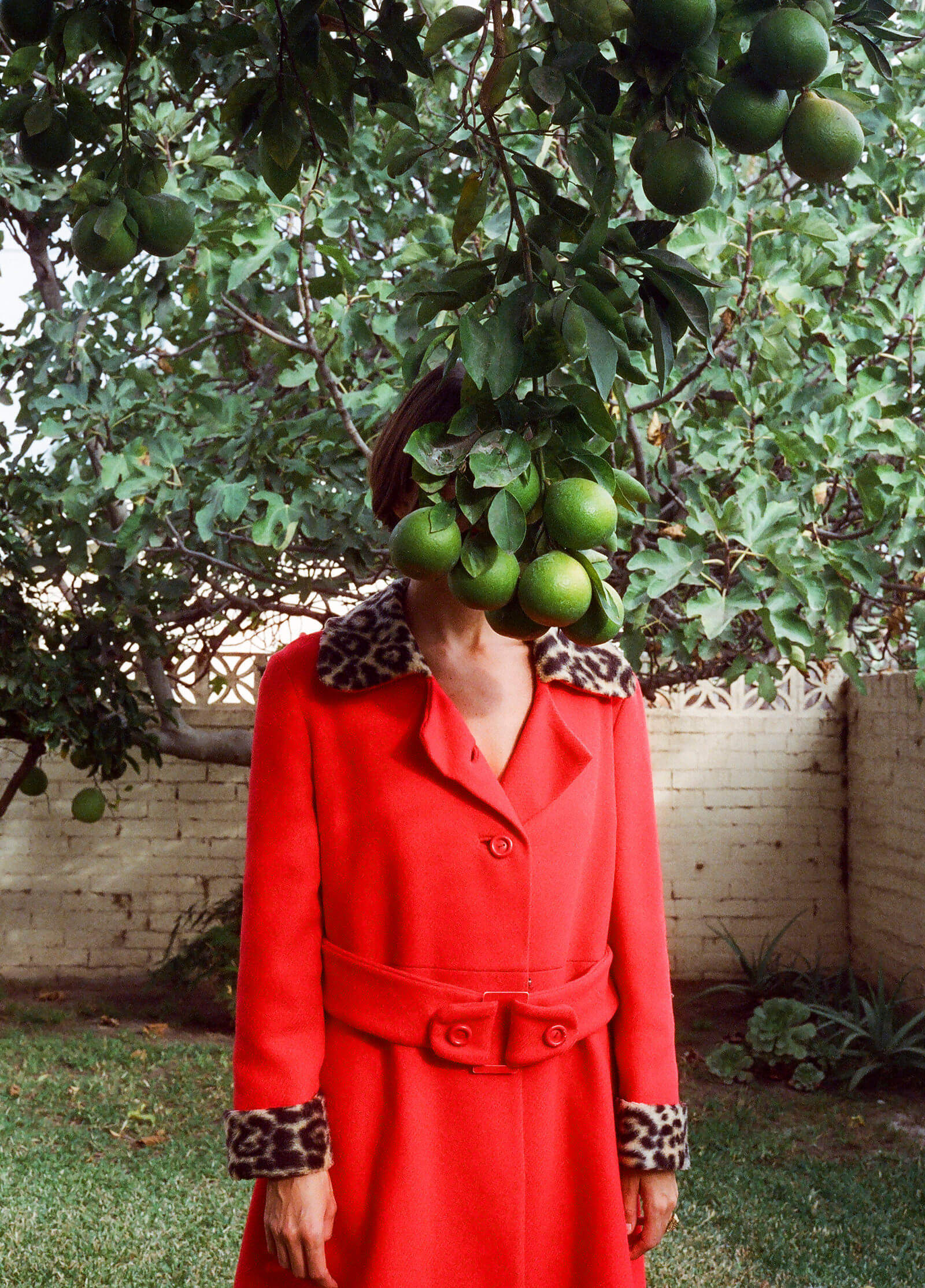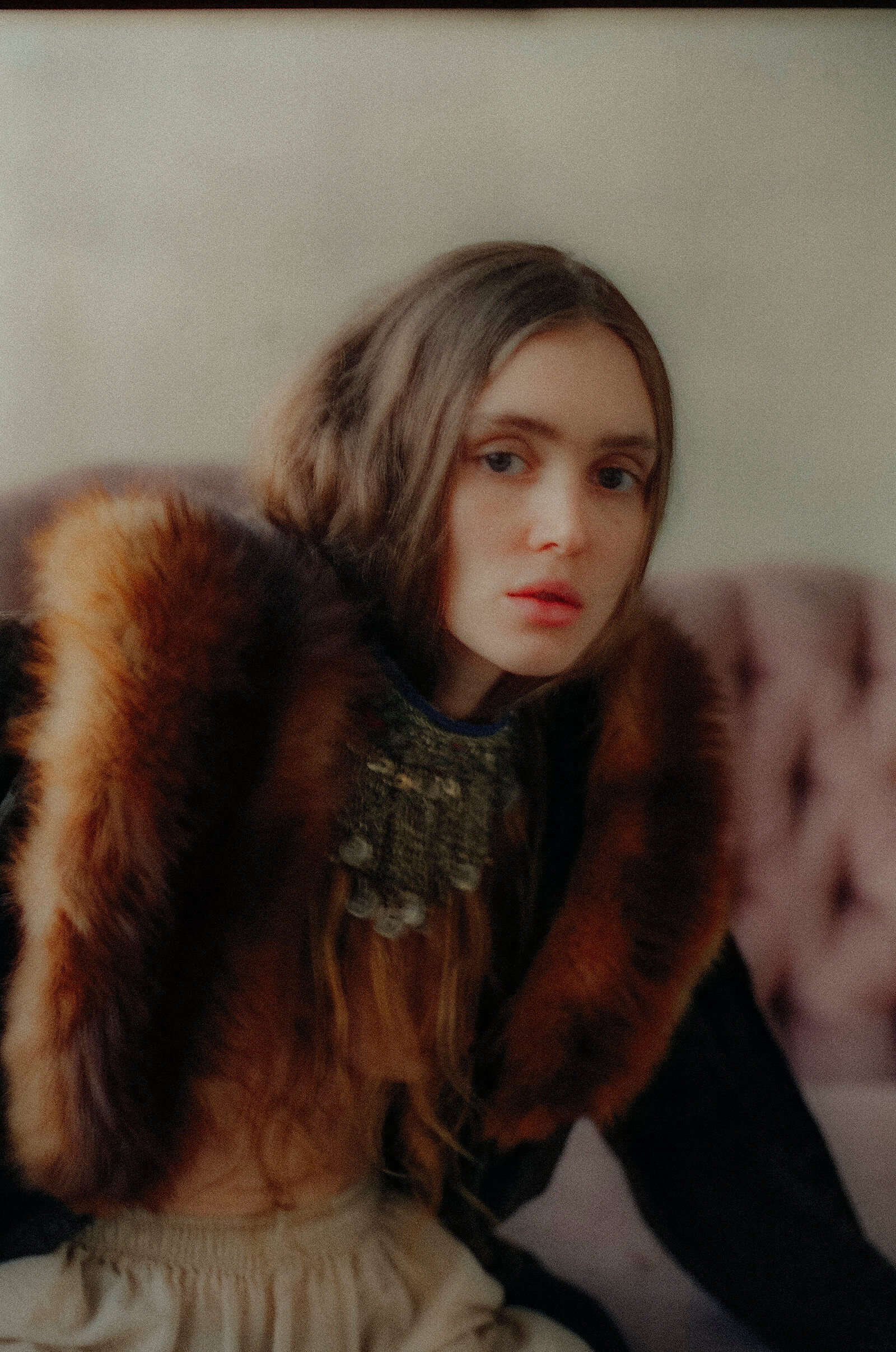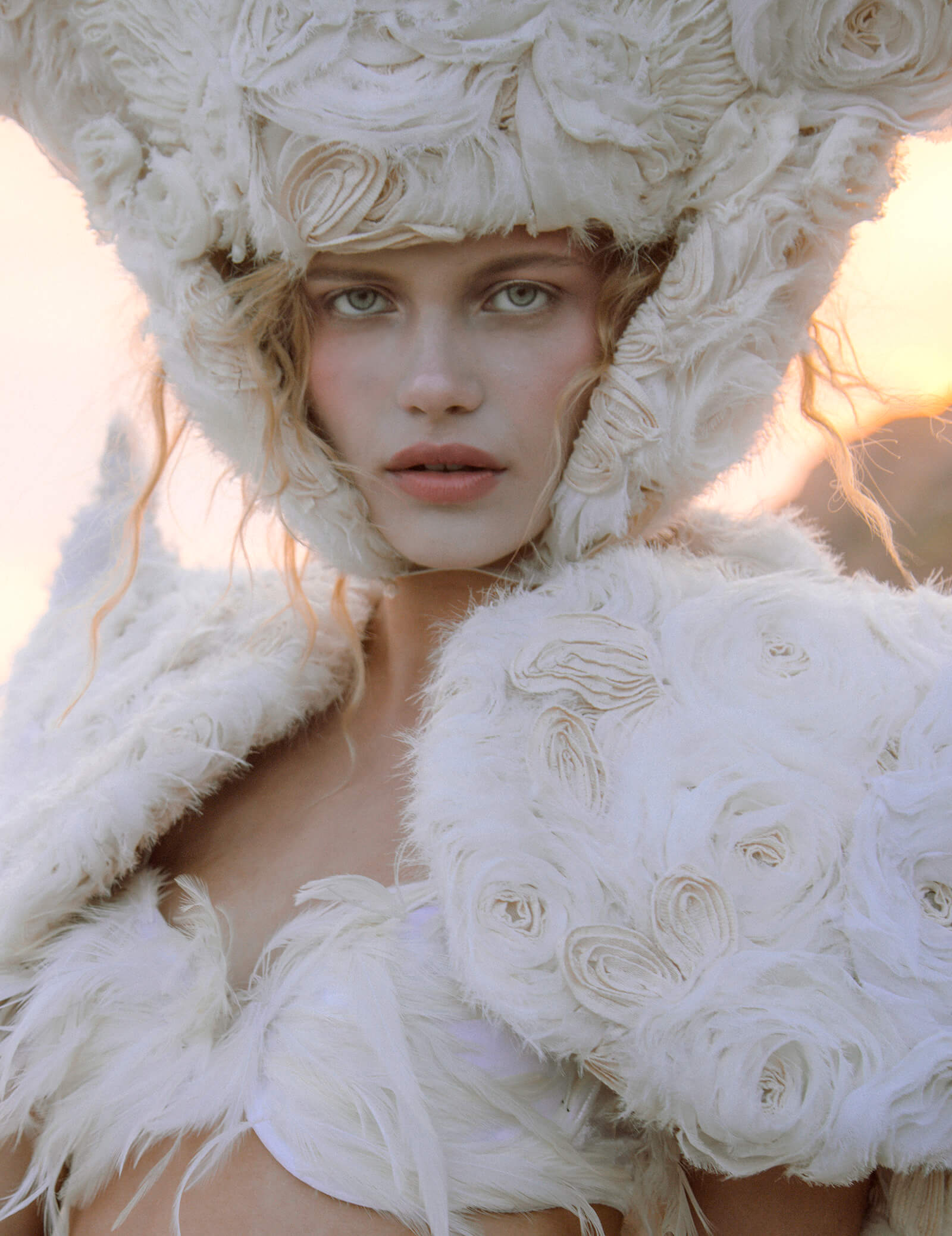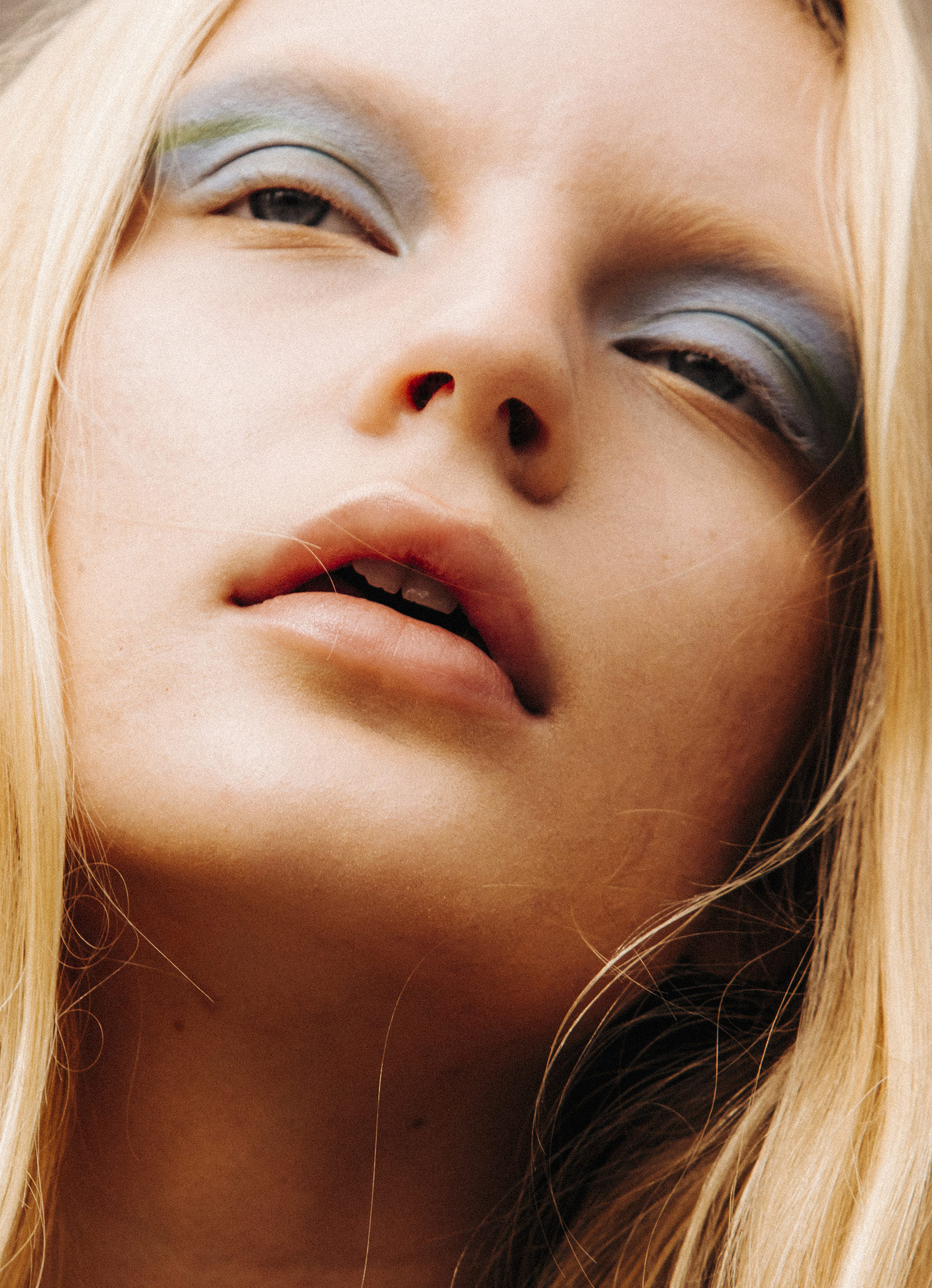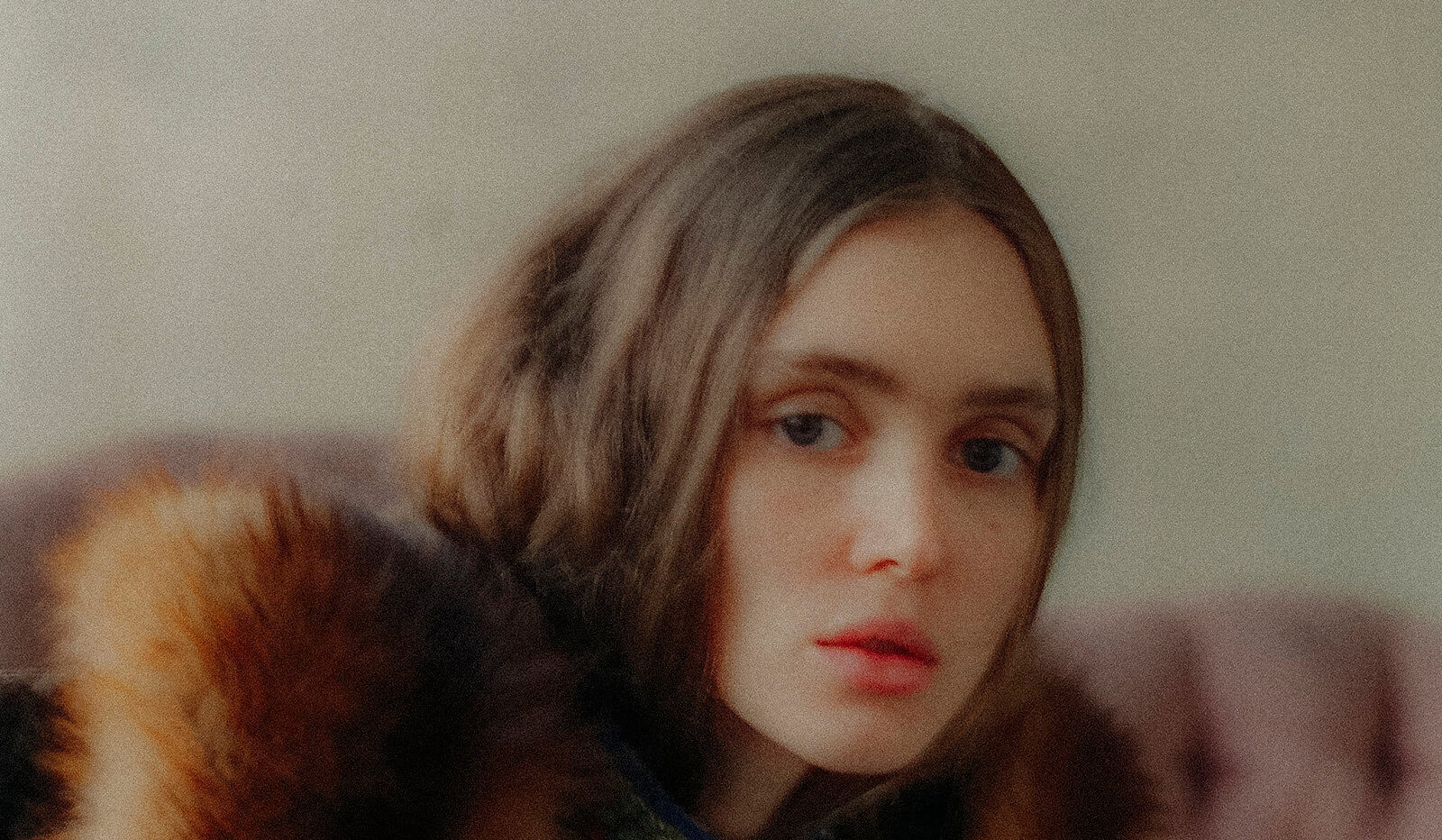
Getting Intimate with Asher Moss’ Vintage Polaroid Style
Asher Moss was pursuing a music career in Nashville, Tennessee when he picked up an old Pentax K1000 STU at a flea market – and he hasn’t looked back since.
Six years later, Asher’s voyeuristic style and vintage Polaroid aesthetic have captured the attention of fans around the world, earning him commissions with major brands like Urban Decay Cosmetics and Calvin Klein. Using primarily medium format, 35mm, and Polaroid film, Asher showcases intimate, cinematic scenes that are rich in both narrative and atmosphere.
Now, he’s looking to blend his love of music with his evocative imagery to create something truly unique. We chatted with Asher about how he captures intimacy, what he thinks makes for a strong portrait, and how vintage equipment enhances modern photography.
When did you first begin to consider yourself a photographer and artist? How did you get your start?
It was kind of an accident, actually. I was living in Nashville, doing music full-time, and I went to a flea market with a friend who was kind of a hobby photographer. We went to this little booth that had a Pentax K1000 STU, which is just a super basic 35mm camera. Back in the day, if you studied photography, this is one of the cameras they would start you out with because it’s just so simple. And I bought it for $75 or something like that, with a lens. I took it home and this dude started talking me through the basics of light and metering and all of that, and that was kind of it. I shot one project and it kind of started evolving really fast after that.
One of the things that I’ve realized is that I had been shooting photography long before I picked up a camera. It was something that was like an innate sense within me, and when I finally picked up the camera, it just totally made sense. It was like I’d been taking pictures all my life, with my visuals and with the part of me that maybe is an artist. And it wasn’t until I picked up a camera that I realized I have a really natural ability to see framing.
There’s a bit of a voyeuristic vibe to your photography – how important is that narrative, storytelling element to your work? What do you think it adds to your finished product?
I do really think I am a voyeur. I would probably say that long before I picked up a camera, I’ve always really enjoyed just watching people purely for the enjoyment of watching, essentially, a narrative unfold – to be able to just see it happen in front of you and psychologically process it. But once you get a camera in your hand, then you can literally make that happen. And I don’t do a lot of street-style, real-life kind of stuff, except when I travel. I’m always shooting conceptual stuff, or stories or lifestyle or whatever. And so, it’s all somewhat preplanned to feel a bit like the viewer is going to be watching a narrative unfold.
I grew up loving film so much, like motion-picture film. And that’s such a more complicated animal of an industry, too, that I think I naturally fell into photography – but my draw has always been just storytelling and seeing narratives happen. All the people that I was influenced by were all just really wonderful storytellers.
What artists or photographers do you most admire? And how has their work influenced your own?
All of the people that I really admire are dead, pretty much, and I realized the other day that maybe it’s because creativity is so much more difficult than it used to be. Everybody has done everything so many times over, you know, that it’s hard to do anything new. And one of the reasons I don’t obsess over younger artists and photographers as much is because they are so young and they haven’t created that body of work that these older people have, or the people that have literally already died after they spent their whole life doing it.
Some of those legends are Irving Penn – I’m completely obsessed with his lighting and portraiture and the way he would work with people. And Helmut Newton was probably the first one to catch my eye, especially with that voyeuristic feel. He was kind of the master of that. Those kinds of guys, they’ve passed it down to younger people like me and many of my friends, and we are just trying to create our own stories now.
Your images all share a similar feeling of intimacy. How do you manage to achieve this so consistently?
I like to meet the subjects I’m working with, often before we even shoot, to kind of establish the chemistry and connection. I can’t always do that, unfortunately – it doesn’t always work out, especially if it’s a job for a client. But, if I can, one of the ways that I really try to maintain a better chemistry through the camera is just by getting to know people a little bit and seeing where we hit it off. Then, once we get in the studio or on location, there tends to be a little bit more of a natural connection.
Truthfully, I can connect with just about anybody pretty easily, even when it’s somebody that’s totally new. It’s just about trying to build that relationship very quickly and making people feel comfortable in front of the camera.
What do you enjoy about portraiture? How is shooting people different from shooting, say, a still life? What makes a good portrait stand out?
I think the thing that’s drawn me to it is the fact that you can really plan things out and create conceptual ideas – you can literally transform people into completely different beings. I mean, you can shoot a beautiful woman and make her look masculine and almost change her identity that way, and vice versa.
I really spend a lot of time going through what kind of shots we want to get and what kind of story we’re going to tell, putting a lot of images together from a variety of different sources in order to have a clear picture of what we’re walking into. I start off almost like a director would talk to an actor and say, “This is who you are going to be today. This is the character that I want you to be.” Whether it’s just them being themselves or them being this weird, alien space creature from another planet.
I think that goes back to my personality. I’m not as extroverted as I used to be, but I still think I have a pretty great need to connect with people. And because I work from home, I’m by myself all the time so when I do get an opportunity to shoot, I’m pretty hungry for it by that point.
A good portrait, for me, is all about the lighting. And from the beginning, for me, it was all about the lighting. I’m still mastering artificial light, but I really, really love natural light if I can get it, or at least replicate it if we don’t have access to it. But, for me, what makes a great photo – no matter what: still life, portrait, or even a street style – is what kind of light we are working with and capturing in that moment. And the other side, obviously, is the character of the person or thing that you’re photographing.
The colors in your images give your photography a vintage, almost Polaroid feel. How did you develop this style, and what do you think it adds to your shots?
That’s how I started shooting, on a 35mm and a Polaroid camera. I have always been super drawn to those nostalgic tones where they’re a bit faded, or sometimes they are actually really saturated but really intense and maybe a little bit blurry. There’s just something about it that I’ve always really been attracted to. And, with digital works, I don’t necessarily try to make the digital work look exactly like a Polaroid or anything – I’d rather keep it digital – but from the color, the tonal standpoint, I just really enjoy palettes that that old film gives you.
I think it’s about character, when you see like a scratch, or a streak, or some really intense grain or a really fine grain – again, it comes back to the story element. It feels like you’re grabbing a moment in time, a still frame in life, a memory that has a light leak on it or something like that.
Do you have any particular habits that are a part of how you begin your creative process?
I spend a lot of time setting up before shoots. My wife and I just did a little shoot for fun and still spent the whole day before the shoot in downtown Los Angeles, hunting for props, and then back in the studio, trying to create a story. Honestly, we’re in the studio the day before, prepping, and then, on the day of, getting there hours before the talent shows up or the makeup artist and just starting to lay things out.
From laying out my cameras, to knowing exactly what I want to be shooting on, to looking at the room and knowing what corners or what angles I want to focus on, and just mulling that over internally. I don’t write a tremendous amount of stuff down, but I spend time in the space to get an idea of where I want to go once we’re doing the thing.
What do you do when you hit a wall during your creative process?
I move on.
You just give up on it?
A good friend of mine once told me – he’s an incredible portrait photographer in New York City – “If I don’t get the shot after 20 minutes, then I just move on. I do something else.” And I think that’s always been a pretty good measure. Because, truthfully, your first instinct is usually your best one. Some of the first shots are the best ones. If I keep pushing a model beyond that 20, 30-minute mark and we’re still not getting it, then, for me at least, I haven’t had a tremendous amount of success with that.
How much time do you spend on one photo? And how do you know when an image is ‘done’?
That’s one thing I’m probably struggling with a little bit, especially when I’m shooting film because you can’t look back at your image. When I’m doing a commercial project or something and we have a full tethered monitor, then it’s pretty easy to tell when you got the shot because you can go back and look and see how you’re doing, if you need to change anything, if you got it or not.
Shooting film slows you down. And that’s why I fell in love with it, because you don’t take 3,000 pictures every shoot you’re doing. You take maybe a few hundred. You don’t do that many exposures on film, and because you really think about it, you really set it up and you make sure it looks perfect before you push that button.
Are there any quotes or books that fire you up or that you’d recommend to other creatives?
My big thing is, I’ve just studied other artists. I’ve never really gone through a single class of any kind to do this, never had any formal training. My study has just been through other people’s works and studying their life and their framing and that sort of thing. But that’s one thing I buy, probably too much, is other people’s beautiful work.
Like I said, it’s mostly all people that have passed away, which probably goes back to why I love things to look a bit more like they used to look, because that’s kind of whose work I love so much.
What are you focusing on right now, in your work and photography?
I’m actually working on a project right now that I’m really excited about. I recorded an album with another guy, a composer who’s based in Nashville, Tennessee, and I’m doing another book that’s going to be based on the imagery for this album.
How do you hope your work impacts viewers? What do you aim to express through your photography?
I’m at a pretty existential place in life, and I think I’m trying to express some of that – you know, some of the mystery, some of the unanswered questions. And that’s why I think I’m moving in more of a conceptual and fashion direction, because there’s just so much more storytelling opportunity. You can get a bit strange, you know? And there are so many stories that I want to tell and concepts that I’ve come up with that I’m just waiting for the magic of the right partner or client to come along.
Asher’s work has been commissioned and featured in international commercial campaigns around the world, taking him to shoots in Vietnam, Italy, Spain, Paris, Cuba, Mexico, and Morocco. Publications like Interview Magazine and Juxtapoz Magazine have included him in their pages, and he’s building a strong following of his own on social media. To see more of his work, visit his Instagram or check out his website.
